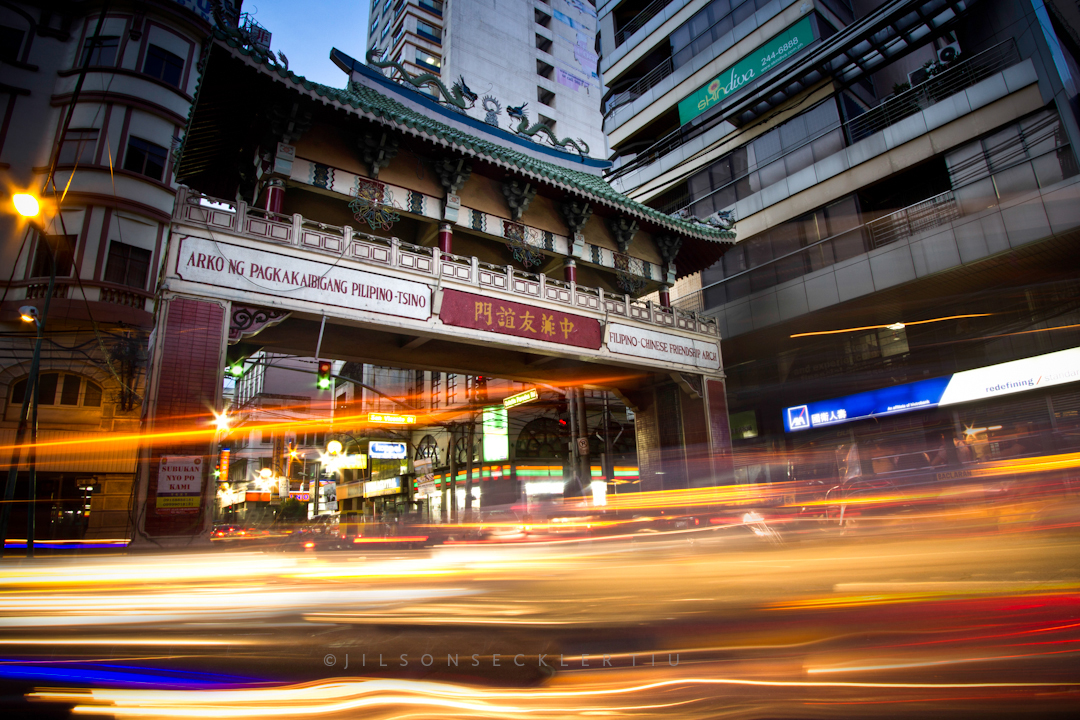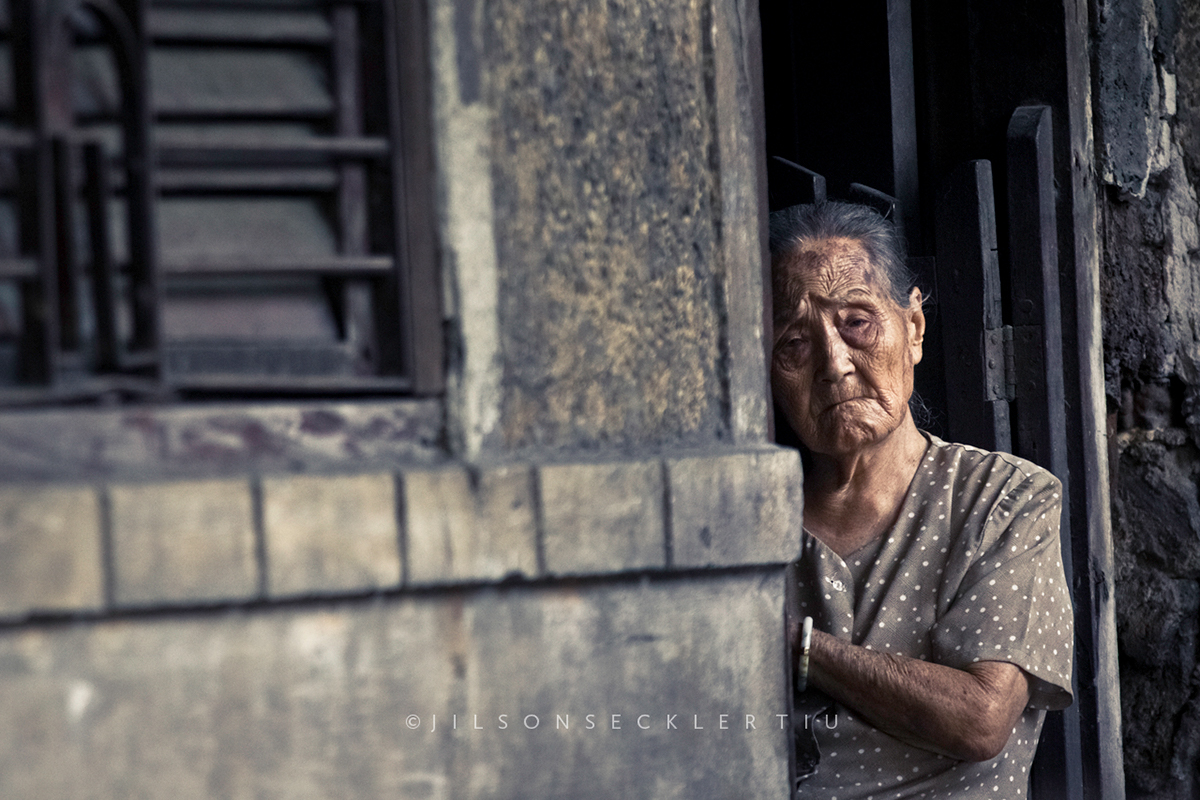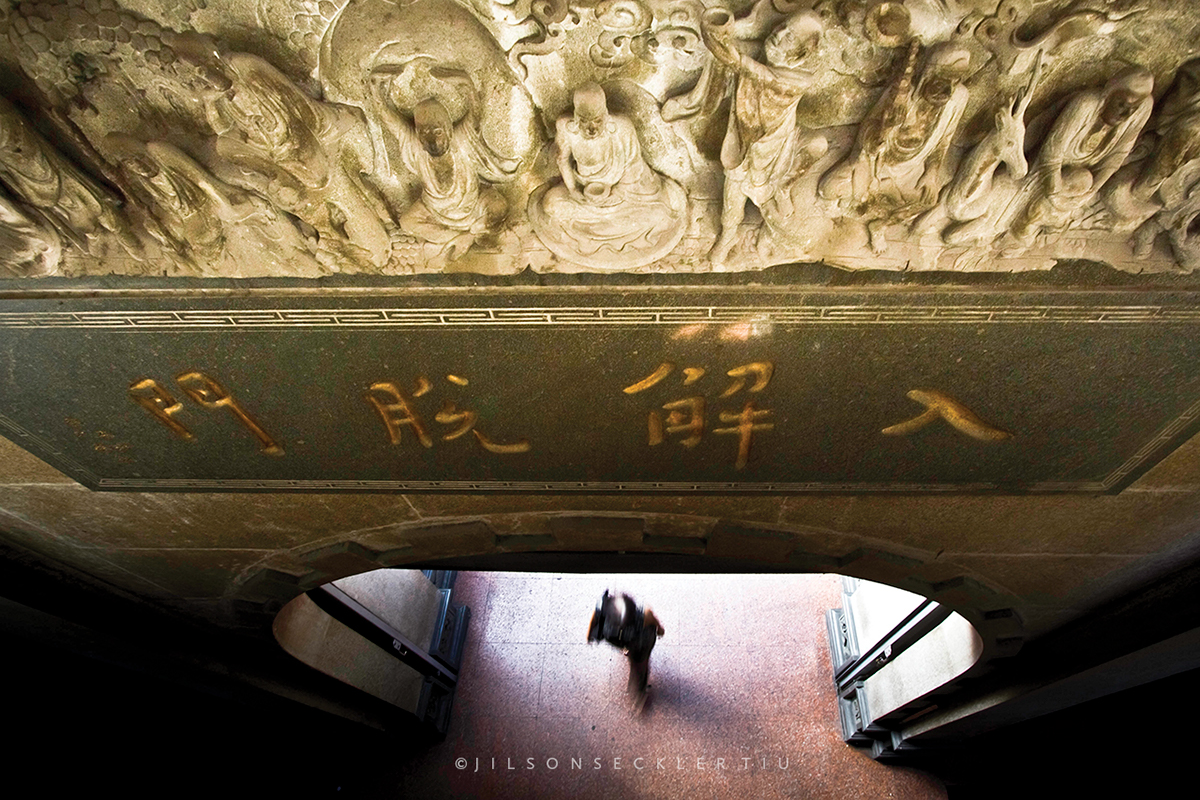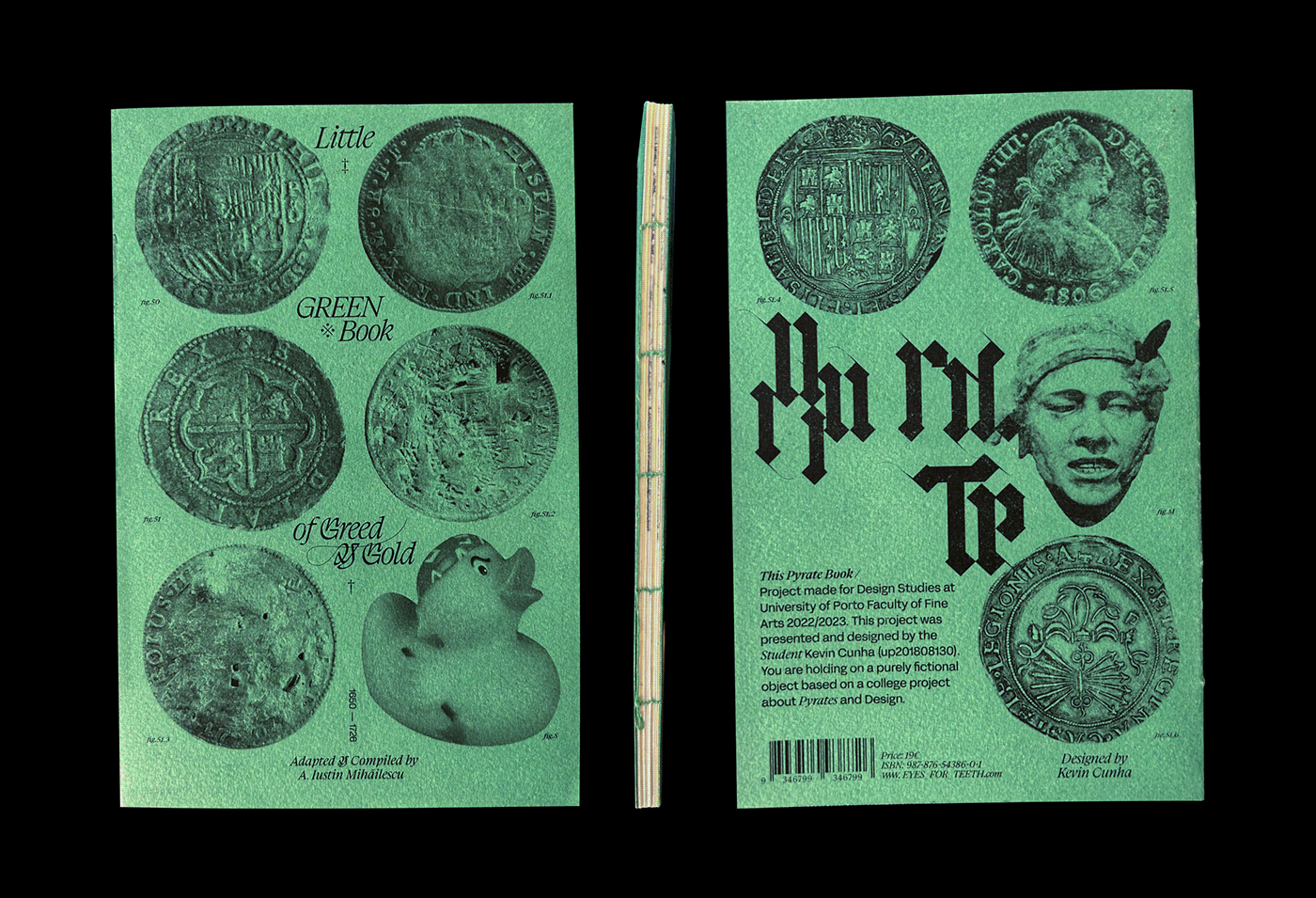MANILA DRAGON
A Visual tour of culture and lifestyle of Binondo
A Visual tour of culture and lifestyle of Binondo
Long before the Spanish conquistadores claimed the Philippine islands, merchants and early business folk who hailed from various lands have already travelled from one shore to another to trade with pre-colonial Filipinos. One of these groups of traders who engaged in commerce with the different Filipino tribes was the Chinese. Negotiations between the two would usually involve the exchange of Chinese products such as ceramics and silk for raw materials like sugarcane, coconut, and hemp, which were plentiful in the archipelago. When people from the west travelled across seas to conquer Eastern lands, the Spaniards took an interest in the natural resource-laden archipelago located in Southeast Asia. By the 16th century, the Spanish successfully built a colony in these islands and dubbed the territory, “Las Islas Felipinas” to honor their ruling monarch, King Philipe of Spain--thus, the Philippines.Much like today, the Chinese played a significant role in the Philippines’ trade and commerce scene under the Spanish rule. It was during the Spanish era that the Philippines’ very own Chinatown was born.

The Filipino-Chinese friendship Arc boasted as a traditional Chinese architectural such as customary red walls and Chinese roof ornaments with dragons, which Chinese believe as to guardians.

A kid looked up rainy in a busy day at the street markets, Recto, Manila Philippines.

As the jeepneys pass by, Binondo church remains the heritage of spanish culture of Binondo.

An old Chinese woman worried about the long awaited deconstruction of her ancestral house in Binondo, Manila.

The architectural design of Binondo has evolved along with the times and the people who occupy it--mirroring customs and beliefs, and turning them into something tangible and is not easily destroyed, hidden, or taken away. Binondo is also home to many churches, temples, and various places of worship as it is also a melting pot of cultures. One of the oldest structures in this Chinatown is the Binondo Church, which was reconstructed from its world war ruins in the late 80s in three phases.

The most important props in Binondo in various religions.

The street in BInondo sells a lot of exotic fruits and ingredients that nevercloses. The fruits ae very abundant during chinese new year. They sell mostly round fruits for fortune and luck.

A Buddhist pass through the arcs of Binondo Buddha temple to worship and pray for prosperity.

Chinese girls peak before a stone wall engraved with chinese characters in the temple.

Dusk at the busy and crowded streets of Juan Luna, Binondo Philippines.

Workers including some children ready the items to be delivered in supermarket, malls and department stores as they tie the abaca roaps happily to keep the stocks intac to the cargo truck for transportation at 5:34pm, thurdasy November.

Noodles are an essential ingredient and staple in Chinese cuisine. There is a great variety of Chinese noodles, which vary according to their region of production, ingredients, shape or width, and manner of preparation. They are an important part of most regional cuisines within China, as well as in Taiwan, Singapore, and other Southeast Asian nations with sizable overseas Chinese populations.

Most of the original structures of Binondo followed a certain motif, a fusion of the standard European-Baroque, “old world” style that the Spaniards brought in and left behind and an oriental, native flair courtesy of its original sangley inhabitants who would engage in trade with both the Spaniards and the Filipinos. Up to date, this general look could be observed in the old houses, banks, stores, and buildings that could be seen all over the once glorious settlement. Before World War II, a few of Binondo’s well-known landmarks were the La Insular Cigar Factory, the Binondo Church, and the Hotel de Oriente.






